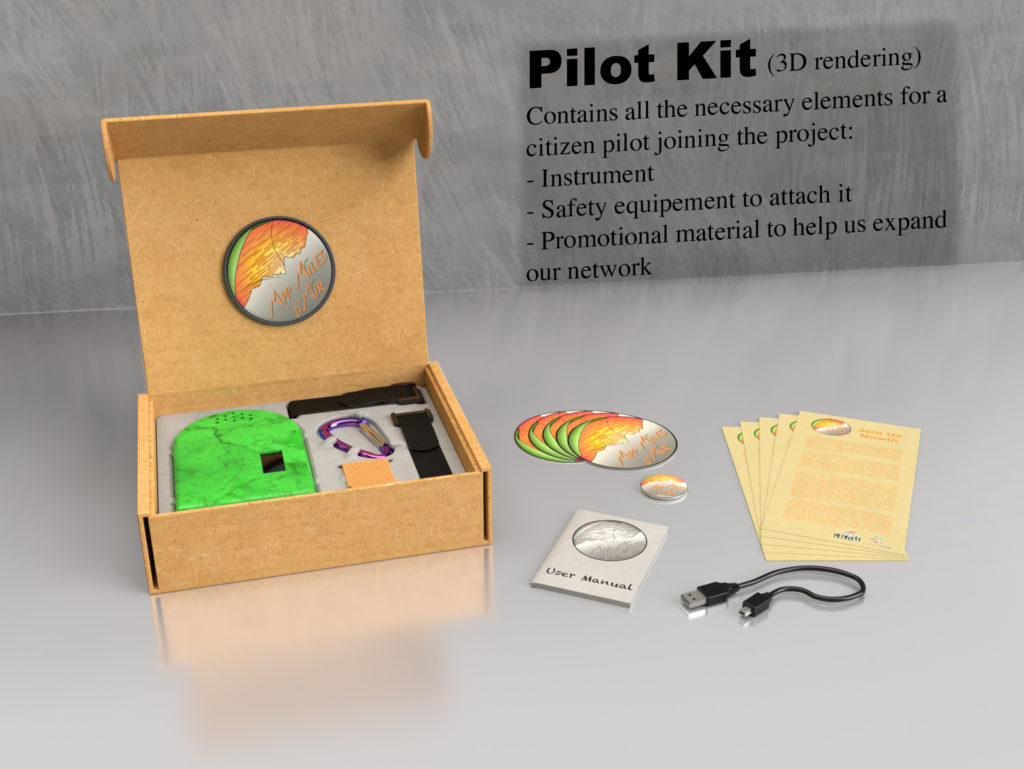Welcome to the website of the project App’Ailes d’Air, a citizen science project to improve our understanding of the atmosphere and climate.
What is App’Ailes d’Air?
Also called AP5: Atmospheric Physical Parameters and Pollution Probing with Paragliders, it is a project carried out by independent science explorers, climate and atmosphere scientists (LPCEE Orléans and IAC Zürich), and citizens. It can be described in three ways:
- A participative science project, with low-cost and open-source instruments, and a collaboration with citizens.
- A network of atmospheric sensors, flown with paragliders, enabling a mapping of atmospheric and pollution parameters with a unique temporal and spatial coverage.
- A database, made to last for years, to measure our atmosphere, to act for our environment and the climate, and a tool to help political decisions.
How to participate ?
- As a paraglider pilot: helping us collecting data.
- As other citizen: collecting plastic.
- As a scientist: join the collaboration, and help us analyse the data and expand to new regions.
- “I want to build my own sensor!” No problem! Being open-source, all the documentation will soon be available when we will have finished the prototyping phase.
- “I love your project and would like to sponsor it with my company” We are always looking for new opportunities of partnership and are open to discuss collaborations.
- As a cyclist: keep an eye on the project with our newsletters or social media. We plan to equip bikes too in the future!
You can find more information on this page.
Data useful to whom?
- Scientists in the fields of atmosphere and climate, such as our partners of ETH Zürich and CNRS Orléans.
- Institutes involved in environmental concerns.
- Citizens engage politically, to help environmental decisions and territorial development.
- Potentially, the organisations in charge of traffic and pollution regulation.
- Paraglider pilots, as they will have access to their own flight data, as well as global analysis (e.g.: average wind speed in a region, etc.).
Data useful for what?
- To better understand the phenomena of aerosols and pollution transport in the atmosphere, particularly how do they reach higher altitudes, and the influence of the topography on those phenomena.
- To study the influence of the surrounding environment for pollution in cities.
- To spot increased pollution or pollen events.
- To study the arrival and evolution of concentrated aerosols which sources are thousands of kilometres away (e.g. desert storm, volcanic eruption, etc.).
- To alert the related organisations in case of events (e.g. traffic control, agriculture, etc.).
If you would like to know more about the project, you can also visit the pages dedicated to the project and its goals, the choice of paragliders, the science conducted or the project’s timeline.

